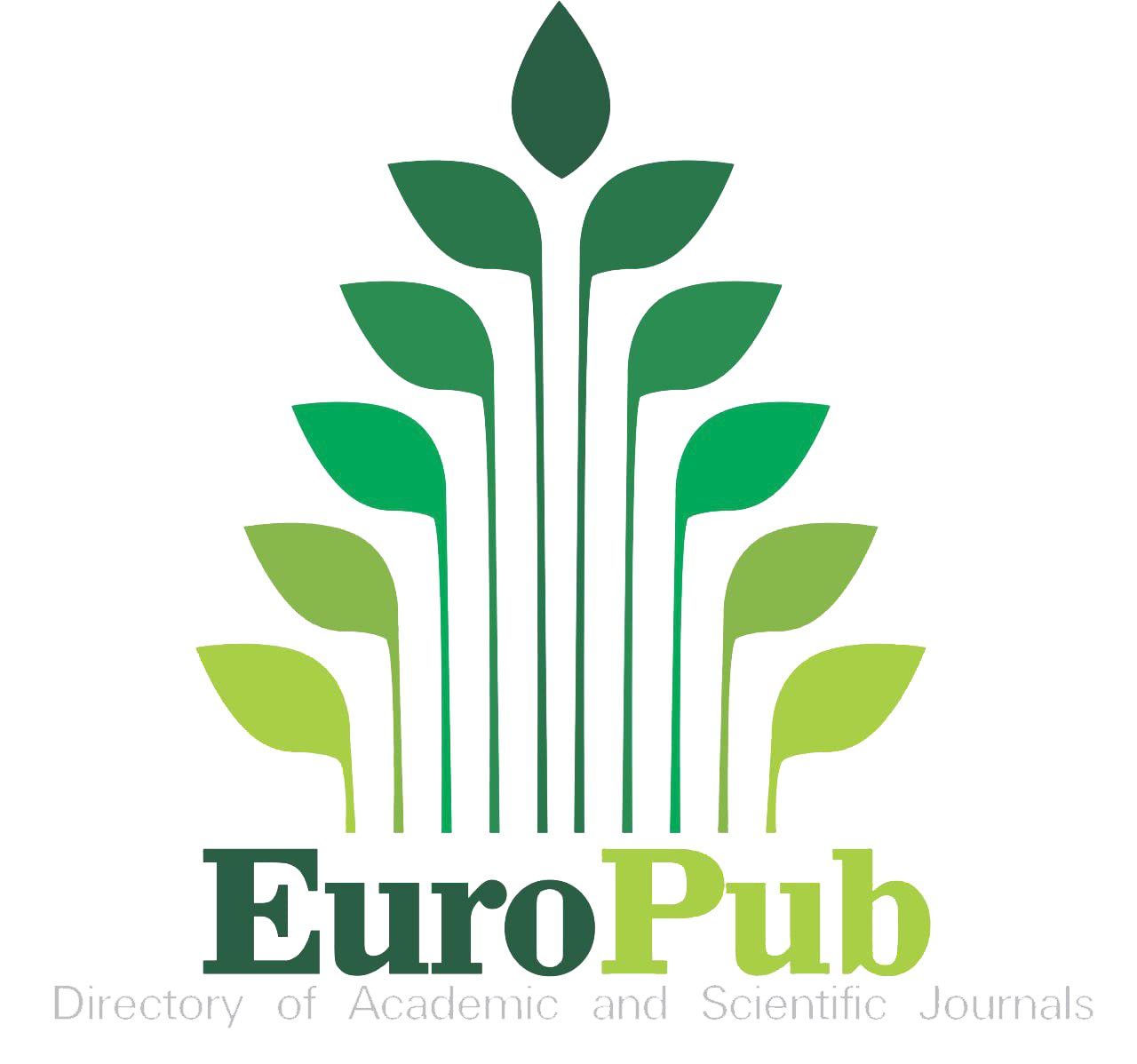Abstract
This work aims to explain the behavior of cracks in bones because the bone repairing mechanism is still somehow unknown. In this matter, different issues exist, such as the biological parameters (e.g., osteoblasts and osteoclasts), and the physical parameters (e.g., microcracks and defects). Traditionally, the bones respond to any load or defect within their microstructures. The defects and microcracks are increasing in the aged bone. Therefore, the damage increases unless the remodeling is completed. Remolded bones have increased fracture toughness. Hence, it is a basic mechanism for repair based on Wolff’s law. The smaller crack lengths (e.g., less than 1 µm) are subjected faster to the repair process due to their intrinsic conditions like remodeling, plasticity, and bridging. The extension of the crack around the osteon and fiber bridging will increase the bone’s toughness. In this work, the schematic conclusions have been presented.
Recommended Citation
Al-Mukhtar, Ahmed M.
(2023)
"Repairing Mechanism in Bone,"
Maaen Journal for Medical Sciences: Vol. 2
:
Iss.
2
, Article 4.
Available at: https://doi.org/10.55810/2789-9136.1022
References
References
[1] U. Wolfram et al., “Characterizing microcrack orientation distribution functions in osteonal bone samples,” J. Microsc., vol. 264, no. 3, pp. 268–281, 2016.
[2] A. M. Al-Mukhtar and C. Könke, “Fracture Mechanics and Micro Crack Detection in Bone: A Short Communication,” in Medical Device Materials VI: Proceedings from the Materials and Processes for Medical Devices Conference. USA:(MPMD 2011), ASM International, 2013, p. 15.
[3] D. B. Burr, “Repair mechanisms for microdamage in bone,” J. Bone Miner. Res., vol. 30, no. 2, p. 395, 2015, doi: 10.1002/jbmr.2441.
[4] S. W. Donahue and S. A. Galley, “Microdamage in bone: implications for fracture, repair, remodeling, and adaptation,” Crit. Rev. Biomed. Eng., vol. 34, no. 3, 2006.
[5] F. O. Ward, Outlines of human osteology. Henry Renshaw, 1876.
[6] S. C. Cowin, “Wolff’s Law of Trabecular Architecture at Remodeling Equilibrium,” J. Biomech. Eng., vol. 108, no. 1, pp. 83–88, Feb. 1986, doi: 10.1115/1.3138584.
[7] R. T. Hart, “Review and overview of net bone remodeling,” WIT Trans. Biomed. Health, vol. 2, 1970.
[8] Z. Seref‐Ferlengez, J. Basta‐Pljakic, O. D. Kennedy, C. J. Philemon, and M. B. Schaffler, “Structural and mechanical repair of diffuse damage in cortical bone in vivo,” J. Bone Miner. Res., vol. 29, no. 12, pp. 2537–2544, 2014.
[9] N. Little, B. Rogers, and M. Flannery, “Bone formation, remodelling and healing,” Surg. Oxf., vol. 29, no. 4, pp. 141–145, 2011, doi: https://doi.org/10.1016/j.mpsur.2011.01.002.
[10] F. Loi, L. A. Córdova, J. Pajarinen, T. Lin, Z. Yao, and S. B. Goodman, “Inflammation, fracture and bone repair,” Bone, vol. 86, pp. 119–130, 2016.
[11] M. Cerrolaza, V. Duarte, and D. Garzón-Alvarado, “Analysis of Bone Remodeling Under Piezoelectricity Effects Using Boundary Elements,” J. Bionic Eng., vol. 14, no. 4, pp. 659–671, 2017, doi: https://doi.org/10.1016/S1672-6529(16)60432-8.
[12] N. Peel, “Bone remodelling and disorders of bone metabolism,” Surg. Oxf., vol. 27, no. 2, pp. 70–74, 2009, doi: https://doi.org/10.1016/j.mpsur.2008.12.007.
[13] A. Chamay and P. Tschantz, “Mechanical influences in bone remodeling. Experimental research on Wolff’s law,” J. Biomech., vol. 5, no. 2, pp. 173–180, 1972.
[14] M. B. Schaffler, E. L. Radin, and D. B. Burr, “Mechanical and morphological effects of strain rate on fatigue of compact bone,” Bone, vol. 10, no. 3, pp. 207–214, 1989, doi: https://doi.org/10.1016/8756-3282(89)90055-0.
[15] J. D. Currey, “Some effects of ageing in human Haversian systems,” J. Anat., vol. 98, no. Pt 1, p. 69, 1964.
[16] A. Schindeler, M. M. McDonald, P. Bokko, and D. G. Little, “Bone remodeling during fracture repair: The cellular picture,” Semin. Cell Dev. Biol., vol. 19, no. 5, pp. 459–466, Oct. 2008, doi: 10.1016/j.semcdb.2008.07.004.
[17] D. B. Burr, R. B. Martin, M. B. Schaffler, and E. L. Radin, “Bone remodeling in response to in vivo fatigue microdamage,” J. Biomech., vol. 18, no. 3, pp. 189–200, Jan. 1985, doi: 10.1016/0021-9290(85)90204-0.
[18] D. R. Carter and W. C. Hayes, “Compact bone fatigue damage: a microscopic examination.,” Clin. Orthop., no. 127, pp. 265–274, 1977.
[19] G. C. G. C. Reilly and J. D. J. D. Currey, “The development of microcracking and failure in bone depends on the loading mode to which it is adapted.,” J. Exp. Biol., vol. 202, no. 5, pp. 543–552, Mar. 1999, doi: 10.1242/jeb.202.5.543.
[20] T. C. Lee and D. Taylor, “Bone remodelling: Should we cry wolff?,” Ir. J. Med. Sci., vol. 168, no. 2, pp. 102–105, Apr. 1999, doi: 10.1007/BF02946474.
[21] P. Augat and S. Schorlemmer, “The role of cortical bone and its microstructure in bone strength,” Age Ageing, vol. 35, no. suppl_2, pp. ii27–ii31, 2006.
[22] J. Wolff, The Law of Bone Remodelling. Berlin, Heidelberg: Springer Berlin Heidelberg, 1986. doi: 10.1007/978-3-642-71031-5.
[23] J. Wolff, “Concept of the Law of Bone Remodelling,” in The Law of Bone Remodelling, Berlin, Heidelberg, Heidelberg: Springer Berlin Heidelberg, 1986, pp. 1–1. doi: 10.1007/978-3-642-71031-5_1.
[24] M. Phillips and K. Joshi, “1 - Bone disease A2 - Deb, Sanjukta BT - Orthopaedic Bone Cements,” in Woodhead Publishing Series in Biomaterials, Woodhead Publishing, 2008, pp. 3–40. doi: https://doi.org/10.1533/9781845695170.1.3.
[25] A. E. Goodship, L. E. Lanyon, and H. McFie, “Functional adaptation of bone to increased stress. An experimental study.,” J. Bone Joint Surg. Am., vol. 61, no. 4, pp. 539–546, 1979.
[26] A. Chamay, “Mechanical and morphological aspects of experimental overload and fatigue in bone,” J. Biomech., vol. 3, no. 3, pp. 263–264, 1970.
[27] J. Jowsey, “Studies of Haversian systems in man and some animals.,” J. Anat., vol. 100, no. Pt 4, p. 857, 1966.
[28] A. C. Ahn and A. J. Grodzinsky, “Relevance of collagen piezoelectricity to ‘Wolff’s Law’: A critical review,” Med. Eng. Phys., vol. 31, no. 7, pp. 733–741, 2009.
[29] D. J. Hadjidakis and I. I. Androulakis, “Bone remodeling,” in Annals of the New York Academy of Sciences, Dec. 2006, pp. 385–396. doi: 10.1196/annals.1365.035.
[30] J. S. Kenkre and J. Bassett, “The bone remodelling cycle.,” Ann. Clin. Biochem., vol. 55, no. 3, pp. 308–327, 2018, doi: 10.1177/0004563218759371.
[31] D. B. Burr, “Stress concentrations and bone microdamage: John Currey’s contributions to understanding the initiation and arrest of cracks in bone,” Bone, vol. 127, pp. 517–525, 2019.
[32] X. Wang, D. Li, and R. Hao, “Toughening Mechanism of the Bone—Enlightenment from the Microstructure of Goat Tibia,” Sci. Eng. Compos. Mater., vol. 27, no. 1, pp. 41–54, 2020.
[33] J. Huang, R. T. Haftka, B. Garita, and A. J. Rapoff, “Understanding the role of osteons in arresting cracks in cortical bones,” in Proceedings of bioengineering conference. Key Biscayne, FL: ASME, 2003.
[34] J. D. Currey, “The mechanical properties of bone.,” Clin. Orthop., vol. 73, pp. 210–231, 1970.
[35] A. M. Al-Mukhtar, “Mixed-Mode Crack Propagation in Cruciform Joint using Franc2D,” J. Fail. Anal. Prev., pp. 1–7, 2016, doi: 10.1007/s11668-016-0094-1.
[36] A. M. Al-Mukhtar, “Fracture Mechanism in Human Teeth,” Procedia Struct. Integr., vol. 25, pp. 8–12, 2020, doi: 10.1016/j.prostr.2020.04.003.
[37] A. Al‐Mukhtar and C. Könke, “Crack simulation in human teeth,” Mater. Des. Process. Commun., vol. 3, no. 4, p. mdp2.200, Aug. 2021, doi: 10.1002/mdp2.200.
















Indexed in: